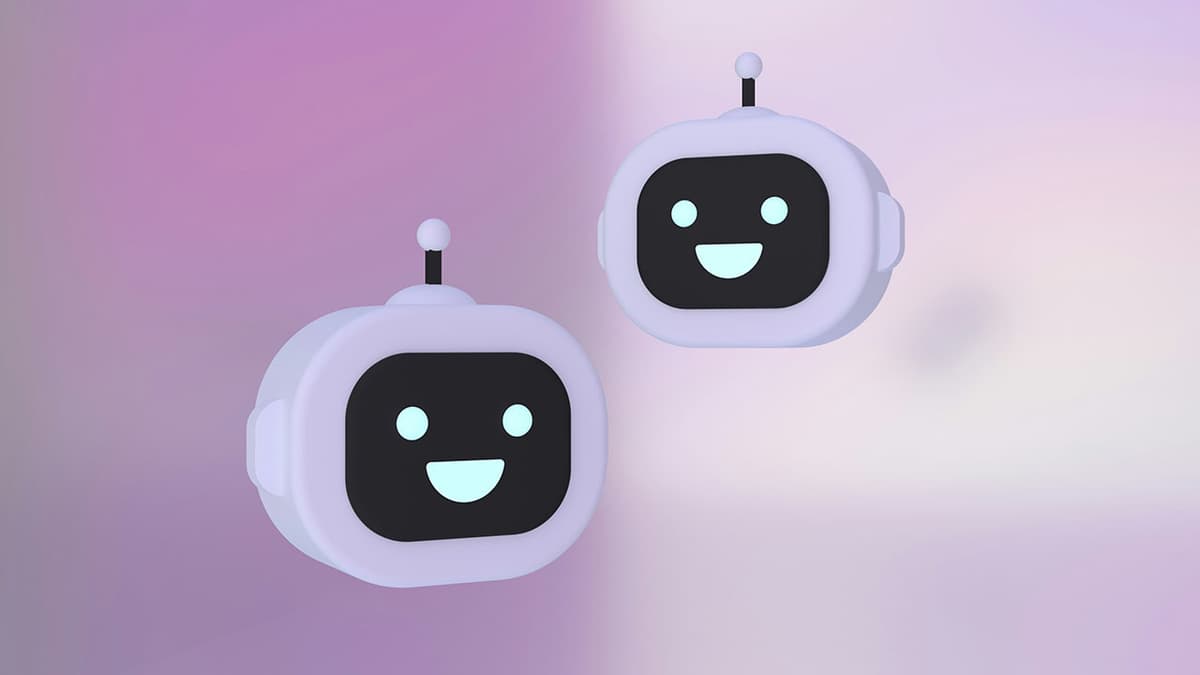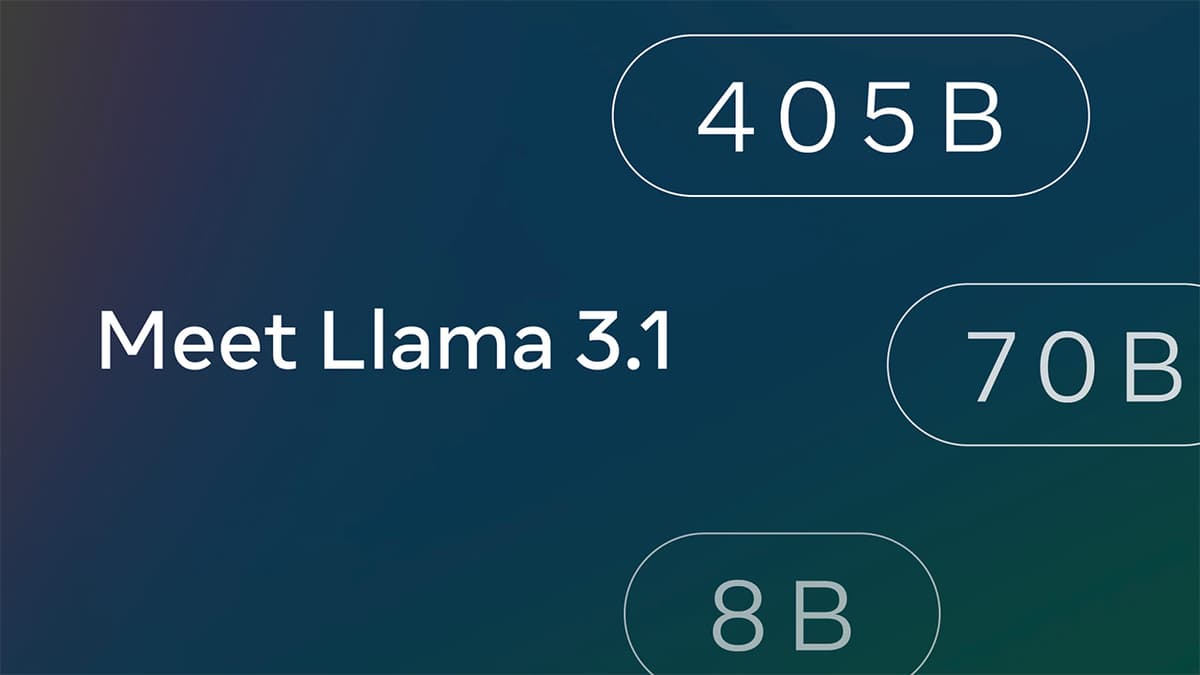Chatbots or Conversational AI
What are the differences between chatbots and conversational AI? Both technologies assist in user conversations, but they have distinct features and capabilities. This article highlights their differences and impact on customer interactions.
Understanding Chatbots
Chatbots are computer programs that simulate conversations with users. They rely on predefined rules and patterns to respond to inputs. Traditional chatbots operate on a scripted basis, using a fixed set of responses to specific keywords or phrases. They often provide answers to frequently asked questions, offer basic customer support, and assist with simple tasks.
Businesses widely use chatbots to automate routine customer interactions and reduce response times. They are commonly found on websites, messaging platforms, and mobile applications. Companies frequently deploy chatbots for instant responses to customer queries, order tracking, or basic product information.
Despite their usefulness, traditional chatbots have limitations. They often lack context awareness and struggle with complex or vague user queries. These issues can lead to frustrating experiences for users and may not meet changing customer expectations.
Emergence of Conversational AI
What distinguishes conversational AI from chatbots? Conversational AI represents the next phase of chatbot technology. It utilizes artificial intelligence (AI) and machine learning (ML) algorithms to facilitate more natural conversations between users and machines. These platforms employ natural language processing (NLP) and sentiment analysis to better grasp user intent and emotions.
Conversational AI systems analyze large volumes of data and learn from user interactions. This capability allows them to provide personalized and relevant responses. They can handle complex queries, engage in extended conversations, and adjust based on user feedback. Often, conversational AI platforms integrate with other business systems like customer relationship management (CRM) tools, promoting seamless data exchange for tailored experiences.
An example of conversational AI is the GPT-3 model from OpenAI. It supports multiple applications, such as language translation, content creation, and customer support. GPT-3 helps businesses build sophisticated conversational agents that understand user queries more effectively.
The Benefits of Conversational AI
What advantages does conversational AI offer over traditional chatbots? Here are several benefits:
-
Improved User Experience
Conversational AI fosters more engaging and personalized interactions, enhancing user satisfaction. By understanding intent and context, these systems provide relevant and accurate responses, making users feel acknowledged. -
Increased Efficiency
Conversational AI automates repetitive tasks, reducing the need for human input. This allows human agents to concentrate on complex or value-added activities, leading to better overall efficiency. -
Seamless Integration
These platforms can connect with various business systems, enabling smooth data exchange and personalized experiences. For instance, integration with CRM tools allows agents to access customer history and deliver tailored recommendations. -
Continuous Learning
Conversational AI can learn and improve based on user interactions. They adapt their responses, understand preferences, and remain aligned with changing customer needs.
Chatbots and conversational AI both aim to enhance user interactions, but conversational AI represents a significant step forward in personalization and natural language understanding. By leveraging AI and machine learning, businesses can utilize conversational AI to offer exceptional customer experiences and operational efficiency.
Whether you are a business owner aiming to improve customer support or a consumer desiring smoother interactions, considering conversational AI can enhance engagement and satisfaction.












